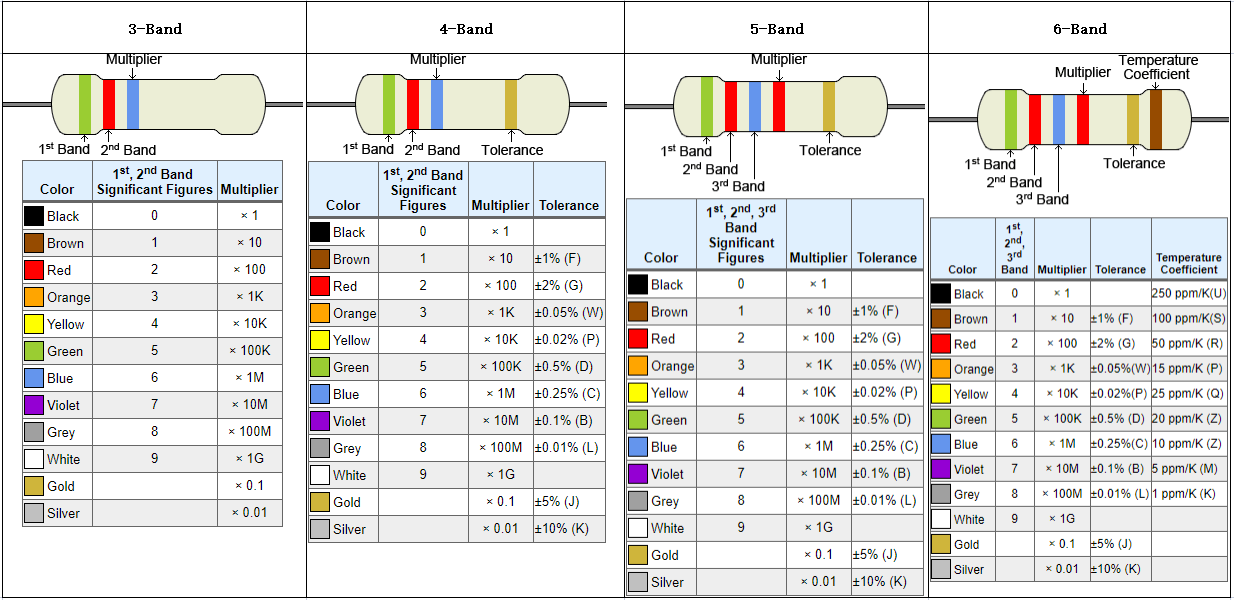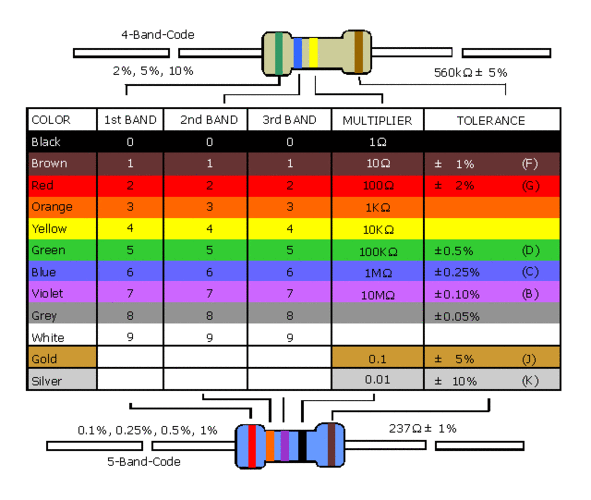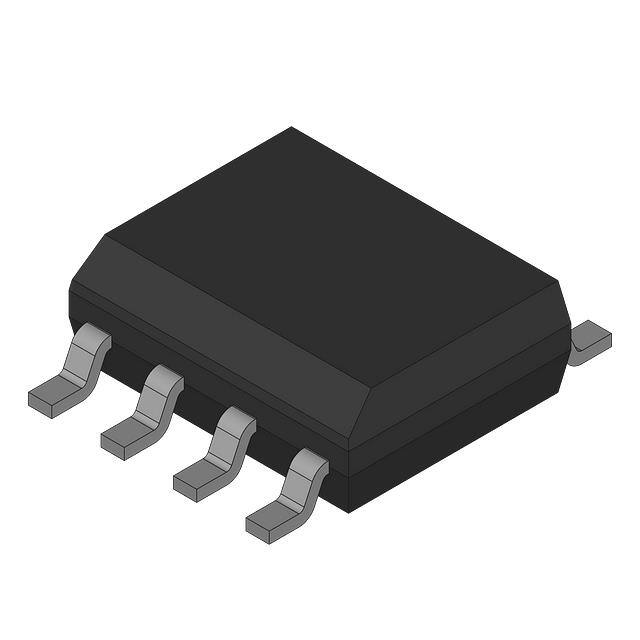How do you read resistor color codes
Resistors color codes: principle, application and analysis
As a basic component in electronic circuits, resistors play a role in limiting current and dividing voltage. Whether it is a simple household appliance or a complex communication device, resistors occupy a vital position. Due to the small size of resistors, it is impractical to mark numbers directly on them. Therefore, in actual production, resistors are often marked by color codes to identify their resistance value and accuracy. This identification system is called a resistor color ring. This article will explore the origin, calculation method, application scenarios, and possible future development trends of the resistor color ring.
1. Historical background of resistor color rings
In the early development of the electronics industry, as resistors became smaller, the way to identify resistance values gradually changed from digital marking to color coding. The standardization of color codes began in the early 20th century, when manufacturers of electronic components needed a marking system that was easy to identify and easy to manufacture to meet the growing demand for electronic devices. After a period of evolution, the International Electrotechnical Commission (IEC) and the Electronic Industry Alliance (EIA) jointly developed this universal color coding standard.
The introduction of color rings not only solves the problem of identifying resistance values on small resistors, but also improves the standardization of identification, making it more convenient for resistor users around the world.
2. Structure and interpretation of resistor color rings
The resistor color ring is a method of indicating resistance values and error ranges using color bars. Each color corresponds to a number, and the resistance value can be quickly calculated through these colors. Usually, there are 4 to 6 color rings on a resistor, and each color represents different information. The following is a resistor color code table:
How to read resistors color codes
Resistor color code chart

How to Use the Resistor Color Code Calculator
4 band resistor color code calculator
The first two color rings: indicate the first two digits of the resistance value.
The third color ring: indicates the multiplier, that is, the multiple corresponding to the color.
The fourth color ring (if any): indicates the error range.

Resistor color code calculator
Example
A resistor with four color rings: brown, black, red, and gold:
Brown = 1, black = 0, red =10×2
The resistance value is 10×10×2 =1000Ω
The gold error is ±5%.
5 band resistor color code calculator
Example
If a 5-pin resistor has the color code Orange-Orange-Red-Red-Brown:
First ring (orange) = 3
Second ring (orange) = 3
Third ring (red) = 2
Fourth ring (red) = 100 (multiplier)
Fifth ring (brown) = ±1% (error)
The resistance of this resistor is: 332 × 100 = 33,200 ohms (33.2kΩ), with an error of ±1%.
10k resistor color code
The color code of 10kΩ resistors can be represented by 4-ring or 5-ring resistors.
4-ring resistor color code:
First ring: Brown (1)
Second ring: Black (0)
Third ring: Orange (indicates multiplier 1,000)
Fourth ring: indicates error, usually gold (±5%) or silver (±10%)
So, the color code of 10kΩ 4-ring resistors is: Brown-Black-Orange-Gold (±5%) or Brown-Black-Orange-Silver (±10%).
5-ring resistor color code:
First ring: Brown (1)
Second ring: Black (0)
Third ring: Black (0)
Fourth ring: Orange (indicates multiplier 1,000)
Fifth ring: indicates error, usually brown (±1%)
So, the color code of 10kΩ 5-ring resistors is: Brown-Black-Black-Orange-Brown (±1%).
This coding system can not only simply identify the resistor value by visual means, but also quickly estimate its error range, which is convenient for circuit designers to choose the appropriate resistor within a specific error range.
As a classic resistor identification method, the resistor color ring has the advantages of a long history and wide application. It still plays an important role in consumer electronics, industrial control, education and training. However, with the advancement of technology, the limitations of traditional color codes are gradually emerging. The future resistor identification technology may develop in a more intelligent and diversified direction, but at this stage, the resistor color ring is still a simple and efficient means of resistor identification. Based on this skill, electronic engineers and technicians will be able to better design and optimize their circuit systems.
5.Resistor Future development trend
With the advancement of technology, the future resistor identification method may be more diversified. For example, electronic ink displays or micro-electronic tags can be embedded directly on resistors to display dynamic resistance values. This not only provides higher readability, but also allows resistors to adapt to different circuit requirements.
In addition, as wearable devices and IoT devices become more popular, resistors may become more miniaturized and have self-adjustment and feedback functions. The emergence of these new technologies has the potential to replace traditional color-coded identification methods.
Dasenic provides the following types of resistors and related products: chassis mount resistors, chip resistors and surface mount resistors, special resistors, through-hole resistors and resistor network & array solutions.







